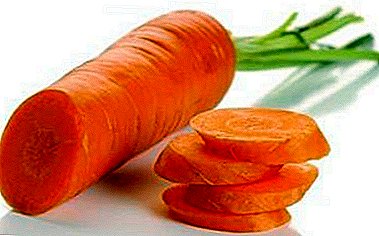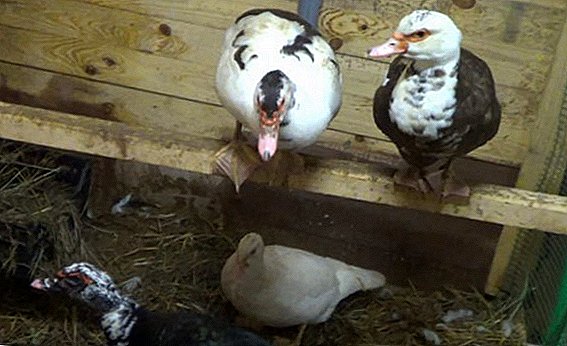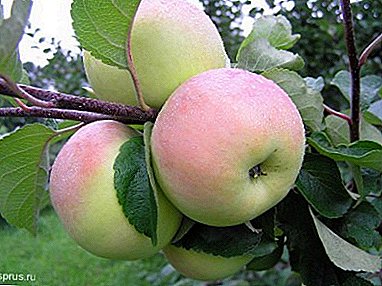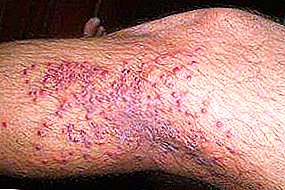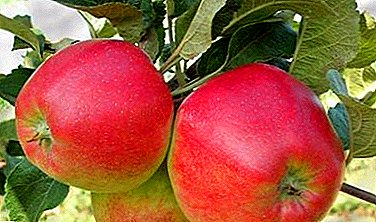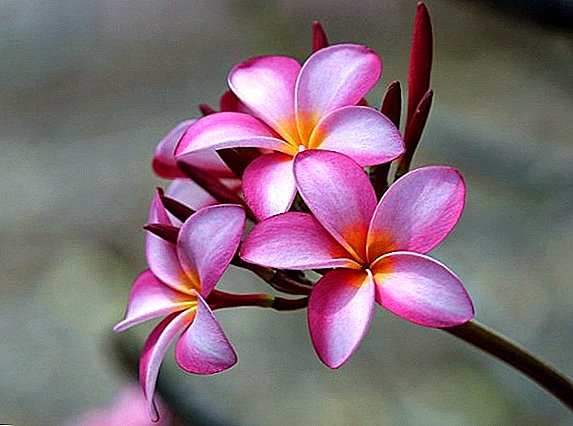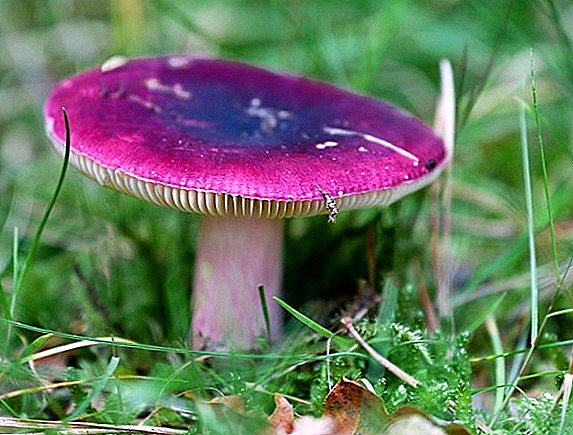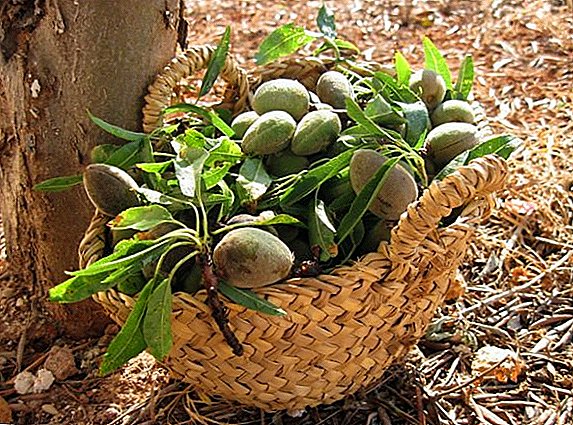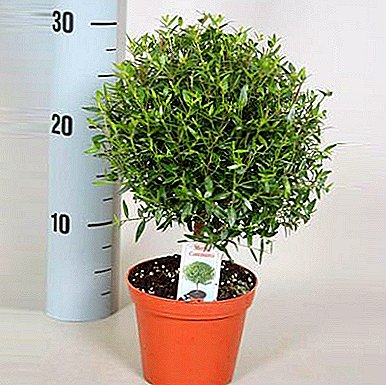
Myrtle ordinary (Myrtus communis) - plant of the genus Myrtle of the Myrtle family.
Another name for myrtle is Adam's tree. It is associated with a legend that says that Adam took the last myrtle tree from the Garden of Eden and planted it on Earth in memory of Eden.
Myrtle comes from the Mediterranean. Under natural conditions it grows in the subtropics.
general description
Myrtle ordinary is an evergreen shrub with erect shoots, densely studded with leaves. In the wild, the height reaches five meters, and indoors grows up to 80 centimeters.
The leaves have a dark green color, shiny in appearance, have an elongated oval shape with pointed ends. White flowers with a yellowish tinge, up to 2 centimeters in circumference, are located on short peduncles. The fruits are represented by dark blue berries, which are formed on the plant at the end of flowering.
There are several types of myrtle. On our site you will find detailed information about such ones as Lemon Myrtle and Communis.
A photo





 Indoor trees, which also includes the Myrtle, is very interesting to grow. Each of them requires a specific, special approach.
Indoor trees, which also includes the Myrtle, is very interesting to grow. Each of them requires a specific, special approach.On our site you can find useful information about growing trees such as Dieffenbachia and Cypress.
Home care
Myrtle is an unpretentious shrub, widespread in home floriculture due to its endurance.
After purchase you will need to transplant to fresh soil using a drainage layer.. Subsequently, the young flower requires an annual transplant.
Lighting
At home, it requires good solar lighting, so it is suitable for windows of the southern orientation. However, in summer the plant should be protected from the hot sun, obscuring it. With a lack of light, shoots become thinner.
Temperature
The most comfortable temperature for myrtle ordinary - in the range of 18 to 23 degrees Celsius. He suffers heat unfavorably, as he ceases to develop.
In winter, needs a low ambient temperature - 5-7 degrees Celsius.
REFERENCE! The absence of low-temperature regime leads to the fall of the leaves and stop the development. However, this process is reversible in myrtle: when spring comes, pruning is done and the tree grows again.
Myrtle withstand drafts and sudden temperature fluctuations, but with prolonged exposure to cold may die.
Air humidity
The plant does not tolerate dry air, so it is necessary to sprinkle with water. In the summer you need to spray 2 times a day. In winter, when there is a period of rest, spraying is not required. In winter, the plant should be kept away from working heating devices.
Watering
 In the warm summer season and during the period of increased growth, the myrtle needs abundant watering. When watering should not be allowed as a waterlogging of the soil and its drying.
In the warm summer season and during the period of increased growth, the myrtle needs abundant watering. When watering should not be allowed as a waterlogging of the soil and its drying.
Excessive moisture in the ground will contribute to root rotting, and excessive dryness will cause the death of the shoots.
In winter, watering is done as the top layer of soil dries. Water for irrigation is filtered or settled for 10-12 hours.
Bloom
The flowering period begins in late spring - early summer. The plant produces short flower stalks, which give white five-petal flowers. They emit a pleasant scent.
Young representatives bloom comes in the second or third year of development.
IMPORTANT! Myrtle ordinary blooms only with sufficient sunlight.
Top dressing
Mirth feed complex fertilizers that do not contain lime. Fertilize should be only during the period of increased growth.
Transfer
The frequency of transplantation depends on the age of the plant. Plant up to three years old needs replanting with regularity 1 time per year. Adult myrtle transplanted 1 time in 3 years. The pot is chosen more than the previous one.
Landing
Suitable for planting soil for indoor plants. The composition of the soil this plant is not demanding, but the earth is necessary with low acidity.
Drainage at the bottom of the dish will provide protection against excess water. In order to increase air exchange, brick chips are added to the ground. In size, the new pot is chosen larger than the previous one. Plant when planting does not bury!
Growing up
Myrtle is grown in gardens and apartments, greenhouses and offices. To guarantee flowering, it is periodically cut. This procedure is also required for plant formation. With regular pruning, new shoots appear, and the tree grows a more lush crown.
 Decorative leafy plants, to which the myrtle belongs, are very interesting both in nature and in their indoor variations.
Decorative leafy plants, to which the myrtle belongs, are very interesting both in nature and in their indoor variations.We bring to your attention a series of articles about such of them: Predatory and False palms.
Diseases and pests
Diseases affect this plant rarely. But, with the wrong care, the plant may feel bad and also look.
The following problems occur with myrtle in the face of improper care:
- The stems are drawn out, and the leaves lose their bright color as a result of lack of sunlight.
- The leaves fall because of too frequent watering or high air temperature.
- The sheet plates are curled from a strong sun.
- The stem rots at the base as a result of improper grounding during planting.
Sometimes myrtle is affected by such pests as:
- spider mite;
- shield;
- whitefly;
- thrips;
- mealybug.
 Appearance spider mite can be determined by spiderwebs. Treatment is carried out with anti-acaricidal drugs.
Appearance spider mite can be determined by spiderwebs. Treatment is carried out with anti-acaricidal drugs.
Sticky sheet plates testifies to the defeat of the shields. It is difficult to get rid of these insects, since they have developed an immunity for known insecticides.
White flies flying off plants - these are whiteflies. To get rid of them, it is recommended to thoroughly wash the plant with water.
Thrips sucking the sap from the plant, causing the leaves to dry out and fall off. The infected plant is treated with insecticidal agents.
Mealybug - small white insect, the presence of which is given vatoobraznye lumps on the tree. To get rid of this pest leaves are washed with soapy water and treated with insecticides.
Medicinal properties
Myrtle has certain healing properties. So, the plant contains substances that have a bactericidal effect.
Tincture of myrtle leaves has been successfully used in the treatment of infectious diseases. Increases immunity and helps fight sore throat, cystitis and flu.
When the leaves are heated, healing essential oils with a wonderful aroma are released. They clean the air of harmful microbes and bacteria, including staphylococci.
Some people have an individual intolerance to myrtle oil.
This shrub native to the Mediterranean is well acclimatized in the summer garden and in a regular apartment, requiring minimal care.
It can be grown not only as an ornamental tree, flowering pleasantly in the warm season, but also as a "healer" for some ailments.


